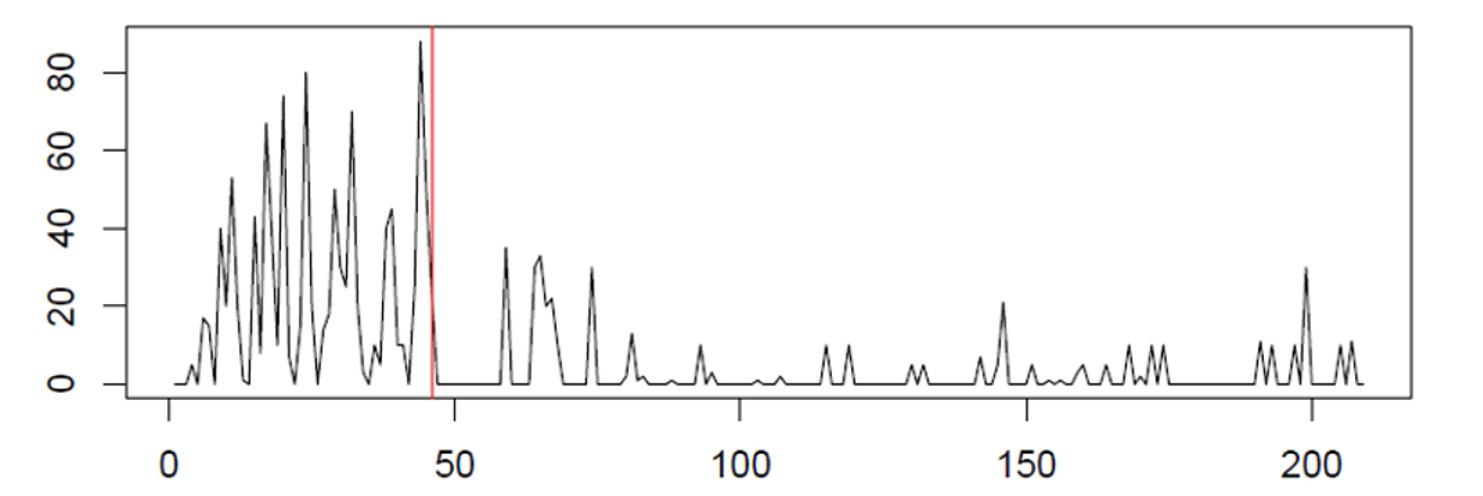Belmont, Mass., October 2022 – Smart Software, Inventory optimization, demand planning, and forecasting software leader, and 21Tech, a well-established asset management consulting and implementation company, today announced their partnership to address the supply chain planning needs of Large Companies and State and Local agencies. 21Tech, LLC will sell and deploy Smart’s next-generation cloud platform, Smart Inventory Planning & Optimization (Smart IP&O™) as an integral part of its Enterprise Asset Management Practice.
21Tech serves a diverse client base, including Fortune 100 companies, public transit agencies, utilities, and state and local agencies across the U.S. and Canada. They specialize in providing a comprehensive ecosystem for a client’s needs as it relates to asset maturity and thought leadership in asset management. This includes asset management process improvements, system implementations, and managed services, where they employ proven methodologies in project management, business process re-engineering, and organizational change management to drive customers forward in achieving their goals. More recently, public and private sector organizations have realized significant benefits from replacing, supplementing, or enhancing their nice and/or proprietary in-house applications with top-tier commercial-off-the-shelf (COTS) applications. 21Tech delivers highly skilled and in-demand technology resources for mission-critical projects.
Smart IP&O is Smart Software’s integrated suite of web applications for collaborative demand planning, inventory optimization, and supply chain analytics. It operates as a transparent extension of the customer’s ERP and Asset Management system of choice, returning optimized demand forecasts, and stocking policies that balance costs and service level requirements across the distribution network. Smart’s unique approach to planning intermittent demand is especially impactful for public utilities and transit agencies considering the prevalence of spare parts with highly sporadic, seemingly unforecastable usage.
“Smart has proven that its inventory optimization and forecasting solutions are a key fit in the ecosystem of solutions needed to drive asset maturity for public transit and utilities. We see them as a strategic component in integrating with Hexagon EAM for our customers, and look forward to bringing this added efficiency to our client base” says 21Tech CEO Dilraj Kahai.
“Maximizing the benefits our solutions can provide requires the expertise and perspective to consider requirements, set goals, and to develop the supporting business process that ensures adoption and benefits. These are the qualities that 21Tech brings to the table and we look forward to our joint success” says Greg Hartunian, President and CEO
About 21Tech, LLC.
21Tech was founded in 1996 to provide technology leadership and services to government and commercial organizations. 21Tech’s Enterprise Asset Management practice provides software evaluations, implementations, integrations, enhancements, and support services. Additionally, 21Tech’s strategic consulting services provide leading practice process design, assessment, and asset management maturity roadmap services to help ensure its clients realize full benefits of its asset and inventory management software investments. As a corporate member of the Institute of Asset Management, 21Tech ensures its services and solutions align with recognized, international standards, as they deliver to customers in the U.S., Canada, and worldwide. 21Tech can be found at www.21Tech.com and its transit-specific asset management solution can be found at RapidTAM.com
About Smart Software, Inc.
Founded in 1981, Smart Software, Inc. is a leader in providing businesses with enterprise-wide demand forecasting, planning and inventory optimization solutions. Smart Software’s demand forecasting and inventory optimization solutions have helped thousands of users worldwide, including customers at mid-market enterprises and Fortune 500 companies, such as Disney, Arizona Public Service, and Ameren. Smart Inventory Planning & Optimization gives demand planners the tools to handle sales seasonality, promotions, new and aging products, multi-dimensional hierarchies, and intermittently demanded service parts and capital goods items. It also provides inventory managers with accurate estimates of the optimal inventory and safety stock required to meet future orders and achieve desired service levels. Smart Software is headquartered in Belmont, Massachusetts, and can be found online at www.smartcorp.com.
For more information, please contact Smart Software, Inc., Four Hill Road, Belmont, MA 02478.
Phone: 1-800-SMART-99 (800-762-7899); FAX: 1-617-489-2748; E-mail: info@smartcorp.com
Smart Software’s Channel Sales Director and Enterprise Solution Engineer, to present three sessions at this year’s Community Summit event in Orlando, FL.
Belmont, MA, – Smart Software, Inc., provider of industry-leading demand forecasting, planning, and inventory optimization solutions, today announced that its Channel Sales Director, Pete Reynolds, and its Enterprise Solution Engineer Erik Subatis, have been selected to present three sessions at the Dynamics Community Summit NA. They will explain how to plan using Collaborative forecasting, how to Maximize Service Levels, and how to Forecast Accurately during the three sessions.
Smart Software will also be exhibiting at the conference showcasing Smart Inventory Planning & Optimization and bi-directional integrations to Microsoft Dynamics NAV, Microsoft Dynamics 365 Business Central, and Microsoft Dynamics AX.
Smart Software Presentations at Community Summit North America 2022
- Maximize Service Levels and Minimize Inventory Costs
- Session Date: 10/12/2022 2:00 PM -2:45 PM
- Room Number: Tampa 2 – Convention Center, Level 2
- Predict and Plan the Sales Cycle Using Collaborative Forecasting
- Session Date: 10/13/2022 9:00 AM -9:45 AM
- Room Number: Sarasota 1 – Convention Center, Level 2
- 5 Demand Planning Tips for Calculating Forecast Uncertainty
- Session Date: 10/13/2022 10:00 AM -11:00 AM
- Room Number: Osceola B – Convention Center, Level 2
Community Summit North America is the largest independent gathering of the Microsoft business applications ecosystem of users, partners, and ISVs on the planet. Come by booth #1122 to learn about probabilistic forecasting and optimization methods that can make a big difference to your bottom line. Whether you are a seasoned Microsoft user looking for new ways to optimize your supply chain or are new to Dynamics Applications and want to understand how a planning platform can help drive revenue increases and inventory reductions, please stop by.
About Smart Software, Inc.
Founded in 1981, Smart Software, Inc. is a leader in providing businesses with enterprise-wide demand forecasting, planning, and inventory optimization solutions. Smart Software’s demand forecasting and inventory optimization solutions have helped thousands of users worldwide, including customers at mid-market enterprises and Fortune 500 companies, such as Disney, Arizona Public Service, and Ameren. Smart Inventory Planning & Optimization gives demand planners the tools to handle sales seasonality, promotions, new and aging products, multi-dimensional hierarchies, and intermittently demanded service parts and capital goods items. It also provides inventory managers with accurate estimates of the optimal inventory and safety stock required to meet future orders and achieve desired service levels. Smart Software is headquartered in Belmont, Massachusetts, and can be found on the World Wide Web at www.smartcorp.com.

For more information, please contact Smart Software, Inc., Four Hill Road, Belmont, MA 02478.
Phone: 1-800-SMART-99 (800-762-7899); FAX: 1-617-489-2748; E-mail: info@smartcorp.com



